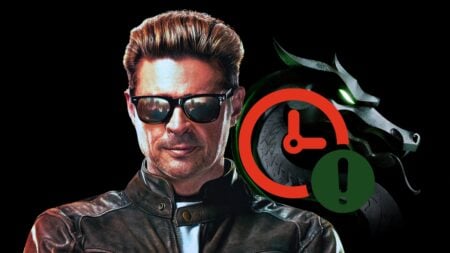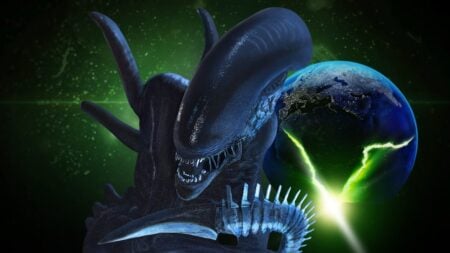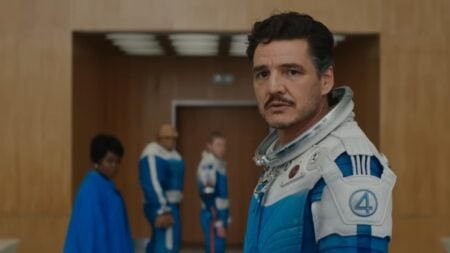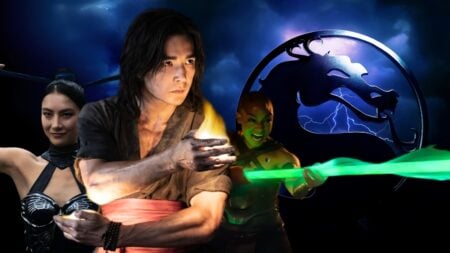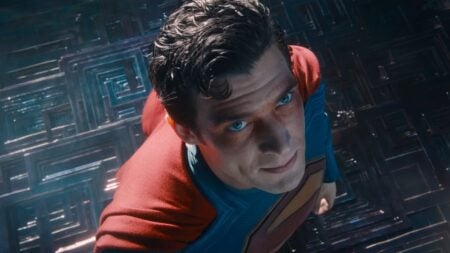The Rotten Tomatoes score is the go-to metric for a film’s quality. It doesn’t always have anything to do with ticket sales, but it’s an easy way to know whether something’s worth checking out. Scores can vary wildly, even within a single franchise, leading me to a question. What’s the biggest difference between two successive entries in the same series of films? No gradual drops like the Jaws tetralogy. We’re looking for critical darlings, followed by sequel score drops and widespread derision.
Staying Alive – 81%
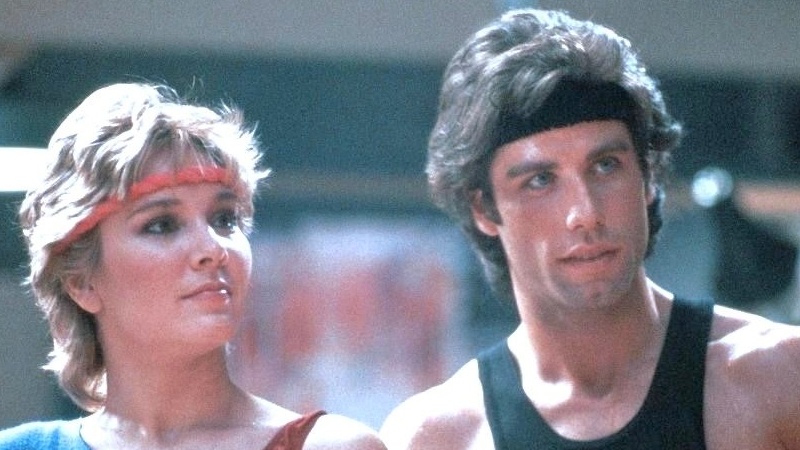
Saturday Night Fever is widely considered a classic 70s disco drama. Its sequel dropped a decade later, becoming the oldest film to hold the coveted 0% Rotten Tomatoes score. Staying Alive is a dull rip-off of its predecessor. It’s all flash and no substance. The film abandons the gritty realism of the original film in favor of pointless dance sequences. Though critics were universally cruel toward this waste of time, it was immensely successful at the box office. Staying Alive is one of two films written and directed by Sylvester Stallone that don’t feature him in a starring role. Stallone isn’t a terrible director, at least not usually. His efforts here are embarrassing. I join the voice of every critic working in the early 80s wishing that Staying Alive had died before it hit the screen.
Mulan II – 86%

Ah, the inevitable failure of the straight-to-video Disney animated sequel. The best-case scenarios gave the world The Lion King 2: Simba’s Pride or Aladdin and the King of Thieves, which are still only okay. The worst-case scenario scores another 0% on Rotten Tomatoes. Mulan 2 is a bizarrely self-destructive film. It seems to show reflexive anger at its predecessor. Mulan remains a soldier without having to cross-dress to get the gig, but her new mission is guiding some princesses to be married off against their will. The film tries to deal with issues, but its take struggles to come across. It gets dangerously close to undoing its predecessor’s messaging. Mulan II suggests that women should marry who they want. They must marry, though. That’s the important part. Add in drastically weakened animation and a white dude doing an Eddie Murphy impression, and it earns a massive sequel score drop.
Speed 2: Cruise Control – 91%
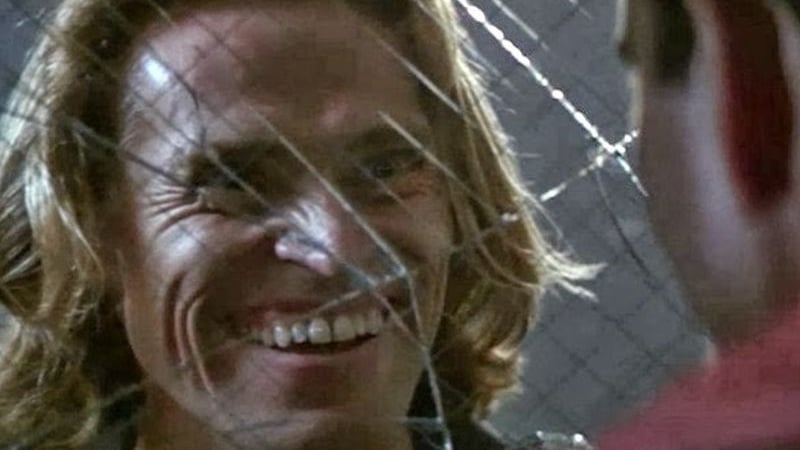
Do you remember Jan de Bont’s 1994 classic Speed? It’s an American classic with one of the great simple thriller premises. A mad bomber rigs a bus to explode if it falls beneath 50 miles per hour. Keanu Reeves and Sandra Bullock have to save the day. Bam, that’s 116 minutes of non-stop action right there. Speed 2: Cruise Control made the seemingly logical leap of using a luxury cruise liner as the next dangerous vehicle. Maybe Jan de Bont pictured a franchise with sequels set on planes, rockets, or submarines. Cruise Control sank that idea. Its most glaring issue is that it takes place on a notably slow-moving vehicle. The project fell apart early after Keanu Reeves stepped away. There are upsides. Willem Dafoe chews the scenery in the lovable way he’s made iconic. The finale was the most expensive stunt in a film at the time. A few contemporary critics, including Roger Ebert, liked Speed 2, giving it the first Rotten Tomatoes score above 0% on this list. They went broke because they crashed a boat into too much stuff, which is perhaps the best imaginable excuse.
The Sting II – 93%
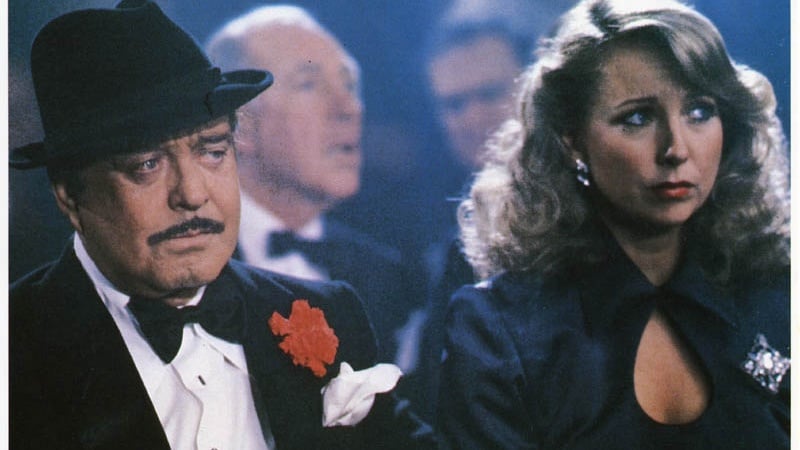
The Sting is a 1973 heist film starring Paul Newman and Robert Redford. It rekindled Newman’s ailing career after a string of bad bets. Many critics consider it among the finest scripts ever written. The Sting won seven Oscars and earned nominations for three more. Though it isn’t often referenced today, The Sting is one of the most celebrated films of the 20th century. The Sting II copies and botches every iconic aspect of the original. Newman and Redford didn’t return for the sequel. As a heist movie, The Sting II helpfully overexplains every detail of its relatively straightforward scheme while also undercutting all of its jokes. It’s not worth watching. Many fans of the genre missed The Sting, so this should serve as an introduction to a classic heist film and its garbage sequel.
Ring 2 – 97%
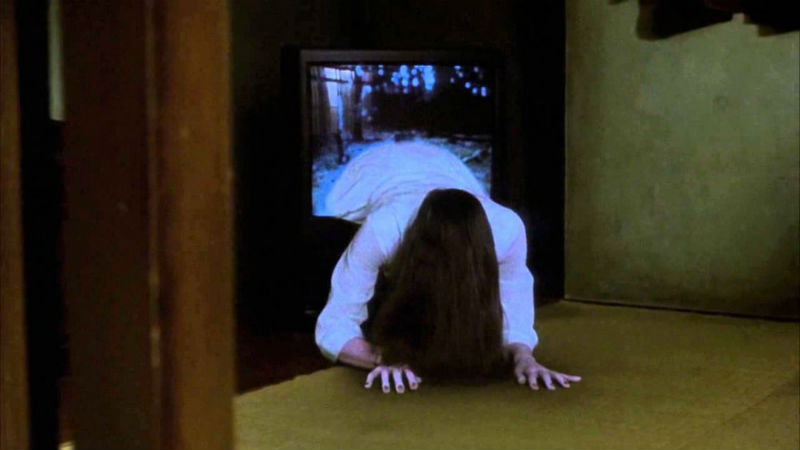
The largest sequel score gap on Rotten Tomatoes belongs to Hideo Nakata’s Ring 2. Ring, that’s Ringu in Japan, was a groundbreaking instant classic that codified its genre in an instant. It’s one of the most viscerally unnerving films ever made. Ring led to the production of matching classics like The Grudge, Pulse, and Nakata’s own Dark Water. Unfortunately, while it inspired many comparable outings, its sequel was a disaster. Ring 2 would be okay without the first film. It repeats most of the best beats of the original while failing to capture its best part. Ring created an atmosphere that could make anything scary. Ring 2 relied on cheap gimmicks that simply couldn’t replicate that effect. With a 0% Rotten Tomatoes score, Ring 2 demonstrates how hard it is to capture perfection twice.
These massive drops in critical reception aren’t anomalies. It’s conventional wisdom that sequels are never as good as the original. However, these Rotten Tomatoes sequel scores present interesting questions. These are films that squandered the potential of their predecessors. Some stories are one-and-done.


